In about 20 communities of Shirak region, tourism, agriculture, and education are developing proportionally. The Central Shirak Local Action Group (LAG) has given new momentum to the development programs.
Shushanik Manukyan, the manager of the group, the executive director of Central Shirak LAG, a territorial development NGO, shared with Mediamax details about the on-going activities. She highlighted the rabbit festival, the “One Day in the Village” initiative and the continuity of the programmes.
Three key directions
The Central Shirak Local Action Group was established in 2022. It operates in the central part of Shirak region and includes settlements located within a 20 km radius of Gyumri, Akhuryan and Artik communities. We have 15 settlements from Akhuryan and 5 from Artik community. Central Shirak LAG’s logo symbolizes the centre of the region, Gyumri, and the surrounding settlements.
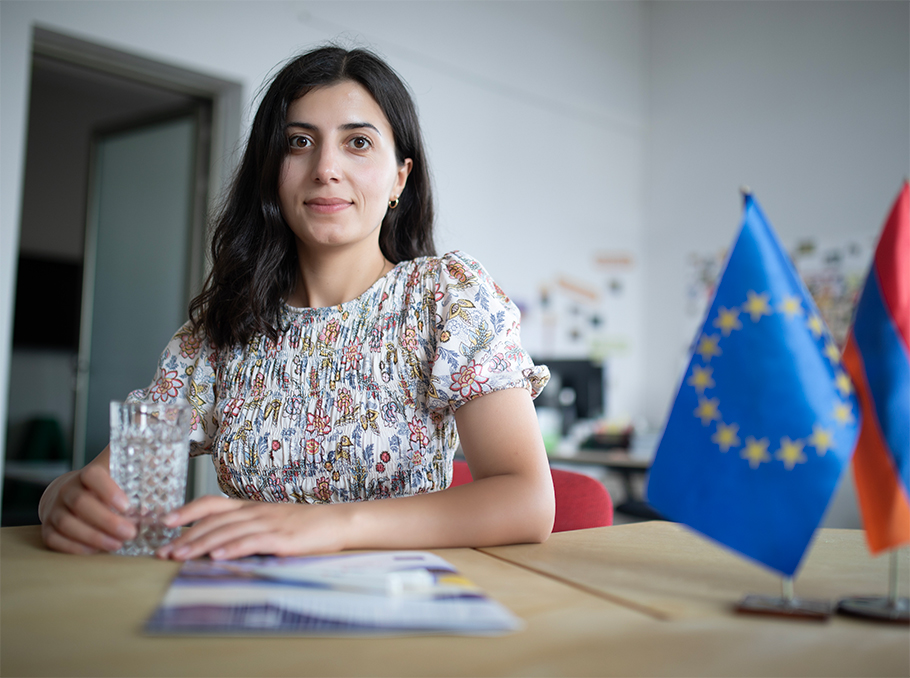 Shushan Manukyan
Shushan ManukyanPhoto: Mediamax
From the outset, Central Shirak LAG prioritized three key areas: education, agriculture, and tourism.
We receive grant applications from nearly all settlements within our region, covering all these focus areas. Among the agricultural projects, we have cream-honey production, fish eco-feed production, linseed oil refining program, and a unique grain processing machine, particularly for cumin. The mill filters all types of legumes according to colour and size. The mill improved the filtration rate from the previous 80-85% to 95-98%. We also have plans to establish greenhouses, dried fruits production, and berry orchards.
Technasium in Vahramaberd
As part of our educational programmes, we receive applications from music schools. Some of these schools are already being funded. Our efforts focused primarily on improving and repairing facilities and purchasing musical instruments. Through support programmes for kindergartens, we have been able to provide essential items ranging from sofas and soft chairs to swimming pools for the little ones.
We also receive applications from schools. For one school, we have successfully completed the renovation of the sports hall and equipped it with the necessary sports equipment. Our future plans include refurbishing and furnishing two classrooms for drawing and reading groups, where regular events will be held.
Currently, we are progressing with the Vahramaberd school program, through which we aim to establish a technasium. These are world-renowned centres that create an extracurricular environment adjacent to schools, allowing children to engage in both formal and informal education. The technasium will have a clear structure, with one zone dedicated to studies and another for rest. Now we are expanding the boiler house area in the yard of Vahramaberd school to establish a technasium. What makes this project particularly interesting is that the design was created by the children themselves. Five groups from Gyumri Polytechnic University and Vahramaberd school participated in a competition to present their projects, and soon the children will have a centre they designed themselves.
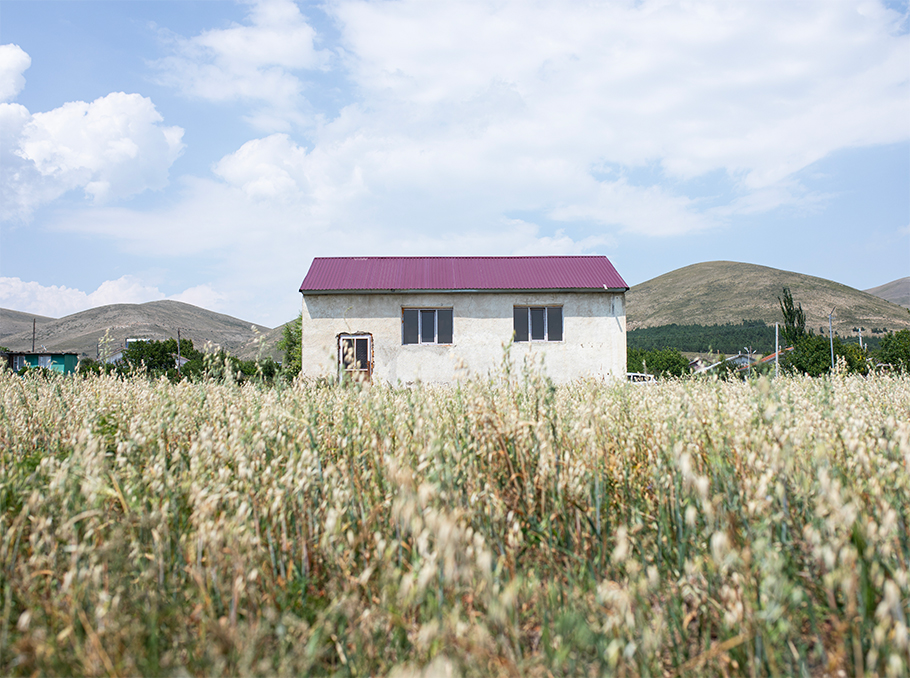
Photo: Mediamax
We have renovated Sarataki library and plan to fill it with books. We are implementing youth centre programs in various communities, with similar centres already established in Marmashen and Krashen. The Krashen youth centre is set to serve as an entertainment and informal educational hub for all five settlements in the area.
Festival of rabbits
This autumn, we will organize a rabbit festival. We already have a funded rabbit breeding program in Marmashen, although the number of rabbit breeders in the region remains small. Through this two-day event, we aim to promote rabbit breeding to increase the volume of rabbit meat sales and introduce new processing opportunities to the region.
The first day of the festival will be more scientifically oriented, bringing together experts to discuss the prospects of rabbit breeding. As a final outcome, we will produce a booklet detailing how to get started in rabbit breeding, the benefits of this practice, and the positive impacts of rabbit meat on agriculture, the economy, and human health.
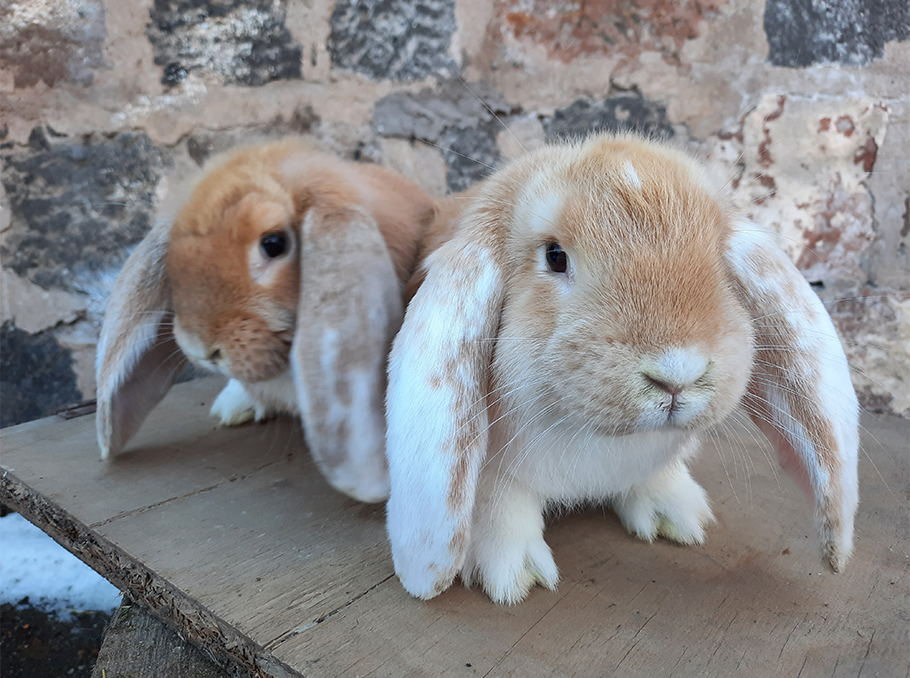
Photo: Mediamax
The main festival activities will take place on the second day. There will be photo zones, souvenirs, and an exhibition featuring portraits of rabbits that capture their emotions. Visitors can also experience the world through the eyes of a rabbit using special glasses.
We will have a separate section for children, where they can interact and play with rabbits. There will be an atelier where clothes for rabbits will be sewn. The main event of the festival will be a rabbit competition, where experts will evaluate the rabbits on various criteria. There will also be a game section where rabbits will compete, not based on their healthy appearance, fur quality, or ear length, but in races and jumps. Through these games, we will determine which rabbit is the nimblest.
New momentum to tourism
We want to give new momentum to tourism. In the near future, we will organize “Tonir” storytelling events: we will accompany people to one of the settlements of the LAG region where grandparents, gathered around tonir, will share forgotten stories passed down from their elders. We have already organized a story contest involving 40 children from our settlements, encouraging them to seek out and rediscover stories and legends about the villages.
Soon we will organize “One Day in the Village” series of events, with packages available for tourist companies. Some villages in Central Shirak are already ready to receive guests. For example, in the village of Hatsik, we have funded the renovation and furnishing of a workshop where Gohar Petrosyan creates beautiful ceramic works.
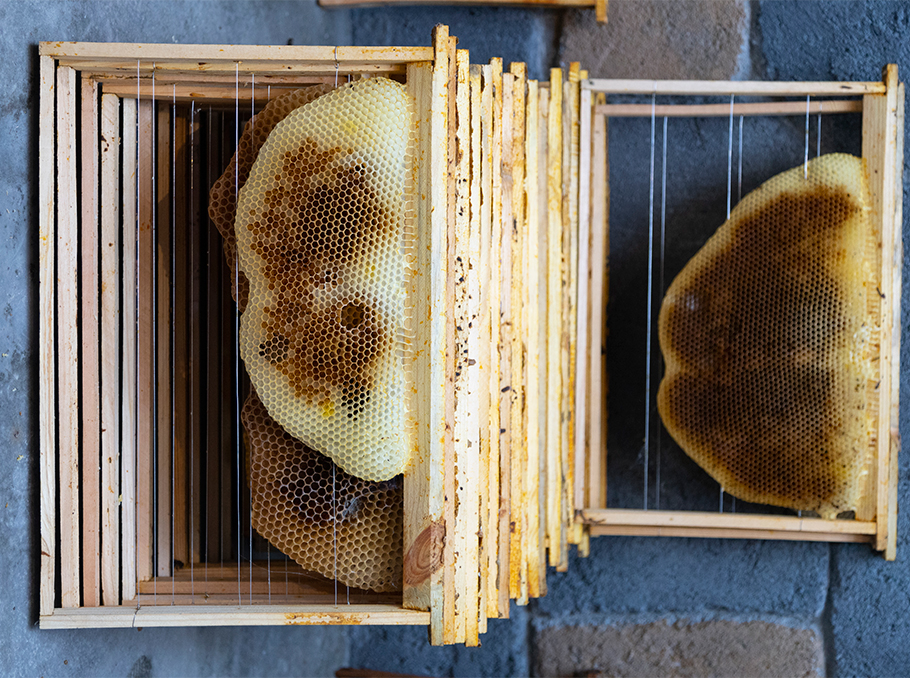
Photo: Mediamax
In Hatsik, we also have plans for honey wine production, a tasting room, linseed oil production, and an upcoming expansion of the lavash workshop. We have developed a comprehensive package focused on grain-related activities, allowing guests to visit all these sites in a single day. We have the same for Marmashen. There are specific villages where we can offer guided tours filled with interesting activities.
“One Day in the Village” events will take place on non-working days, with an option for overnight stays. Participation in the programme will be fee-based to compensate the host families, cover transportation to the villages, and provide guests with a rural experience. Participants will have the opportunity to engage in agricultural work and prepare traditional dishes.
Another tourism-related programme is our guide training course. Participants will be trained to create eco-trails in three distinct areas: one in the Marmashen Valley, another along the Jajur trail, and a third leading to Horom Cyclopean Fortress.
A few people know about local action groups
In the near future, we plan to organize a football tournament between the settlements of the LAG region. We also decided to create small gardens in all the settlements of Central Shirak that reflect the character of the LAG. Each garden will feature a bench resembling our logo, a table in a round area, and several types of evergreen trees.
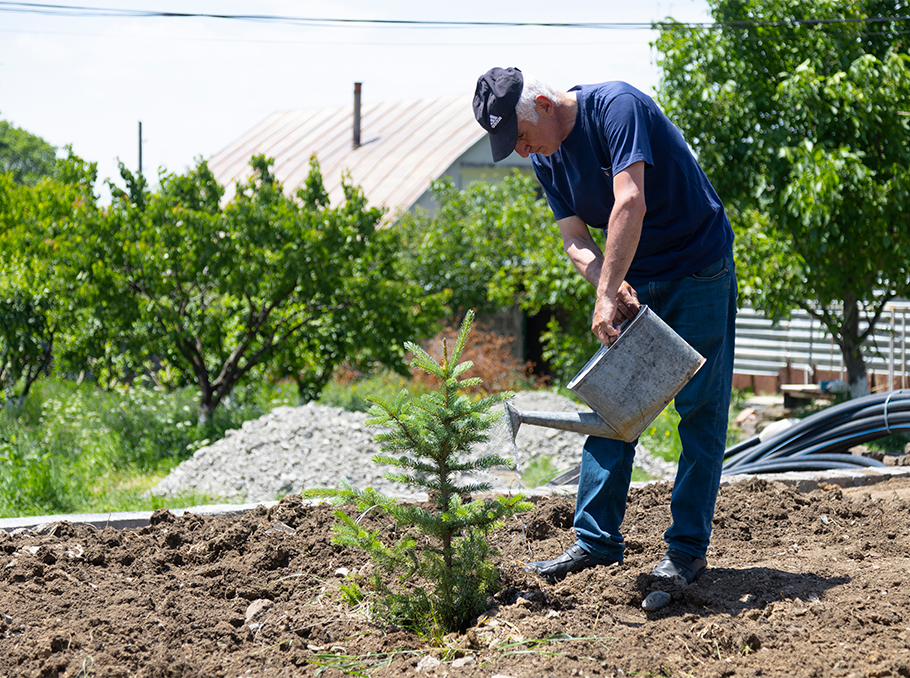
Photo: Mediamax
To raise awareness about LAGs and our projects, which are not widely known in the region, we plan to launch a series of podcasts called “Central Shirak.” These podcasts will feature individuals who are active in our LAG settlements, sharing their experiences and the beginnings of their initiatives. We will produce two podcasts per month. Our volunteers will create vlogs and technical skills transfer videos aimed at older generations, teaching them to use Google Docs, social networks, and search programmes. Links to these YouTube videos will be distributed in our villages via QR codes.
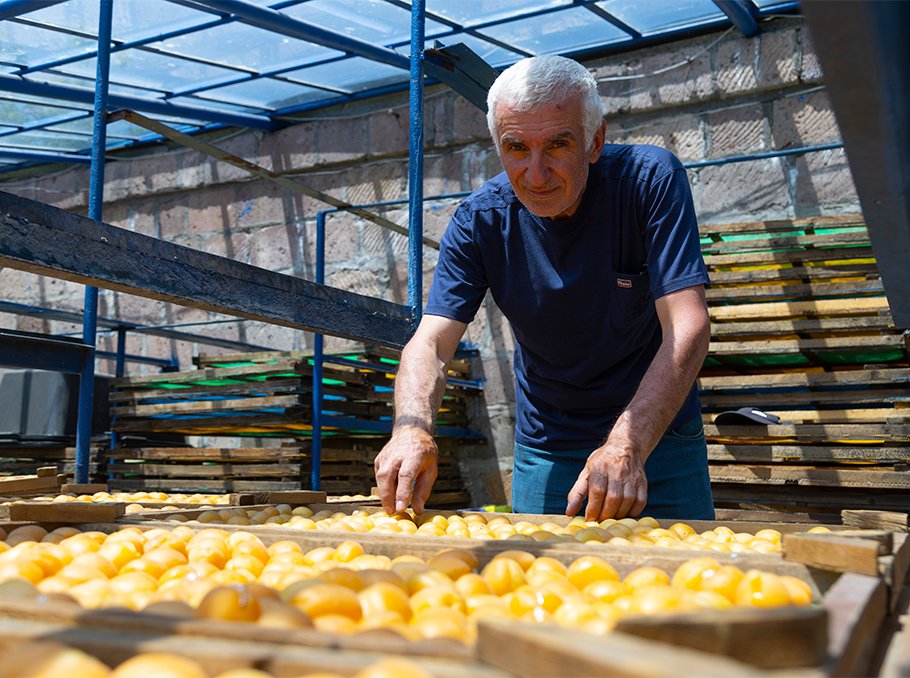
Photo: Mediamax
Currently, we are executing activities with joint funding from the European Union and the Austrian Development Agency under the LEAD4Shirak programme. After the programme’s conclusion, we have a mission to work independently. There is much to be done in the settlements of Central Shirak, and there are several ideas that we definitely want to implement.
The article was produced with the support of European Union and Austrian Development Cooperation. The content of this article is the sole responsibility of Lead4Shirak project and does not necessarily represent the views of the European Union and Austrian Development Cooperation.
Ani Khchoyan
Photos: Emin Aristakesyan







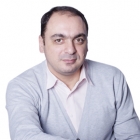
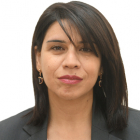
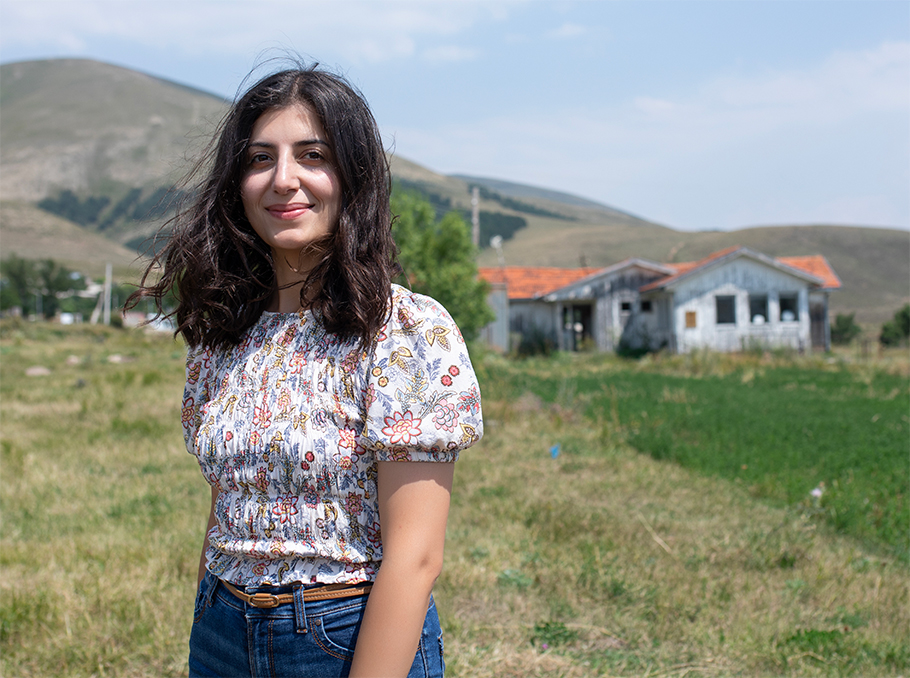
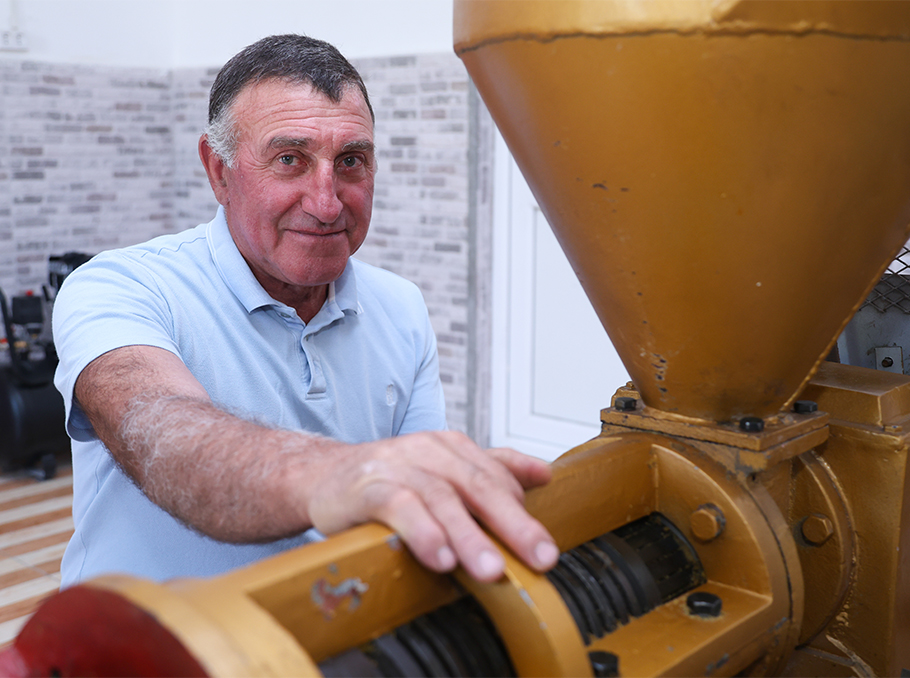
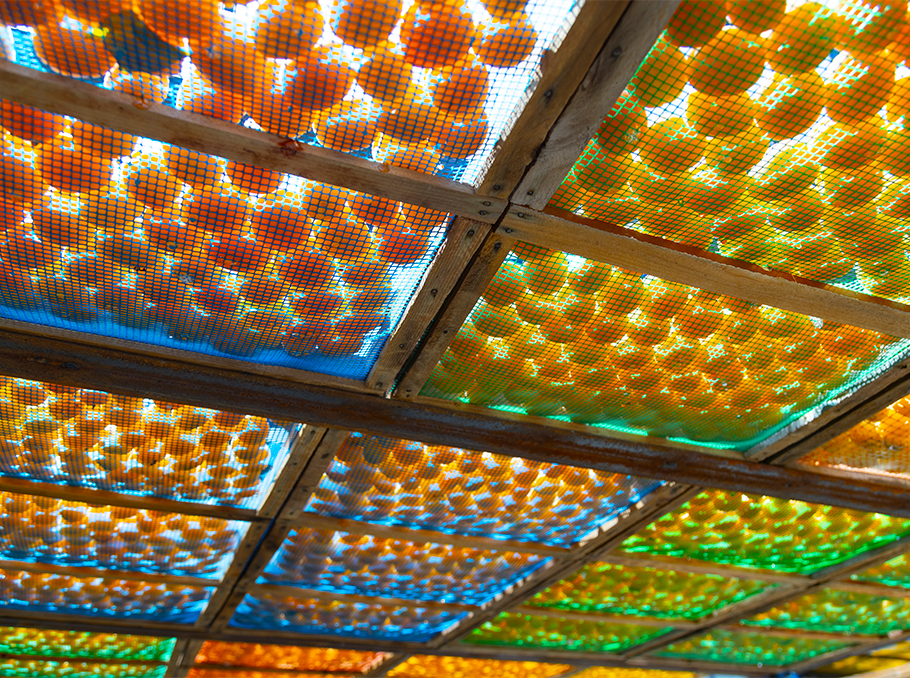
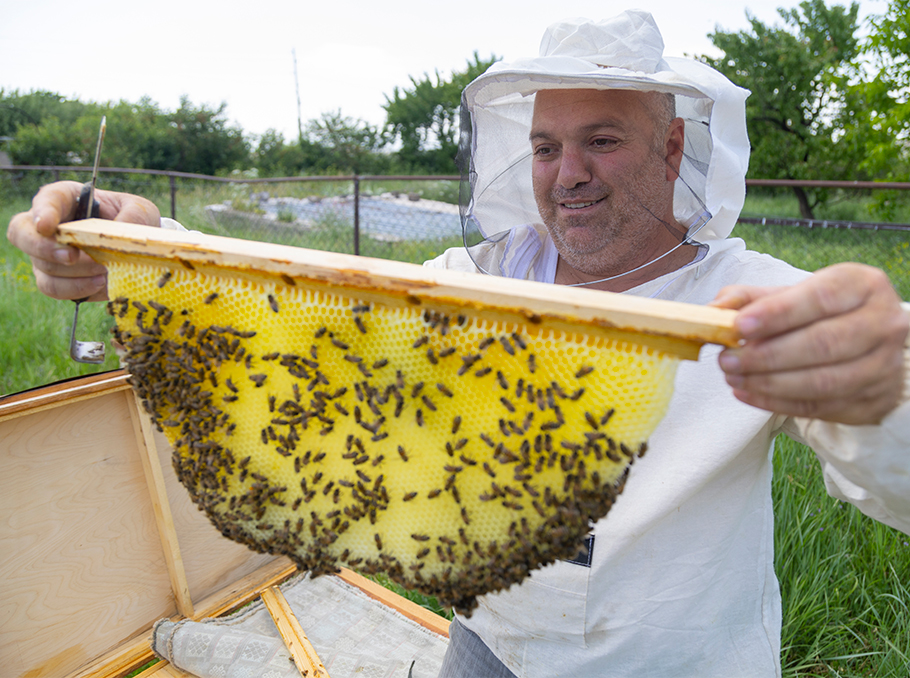
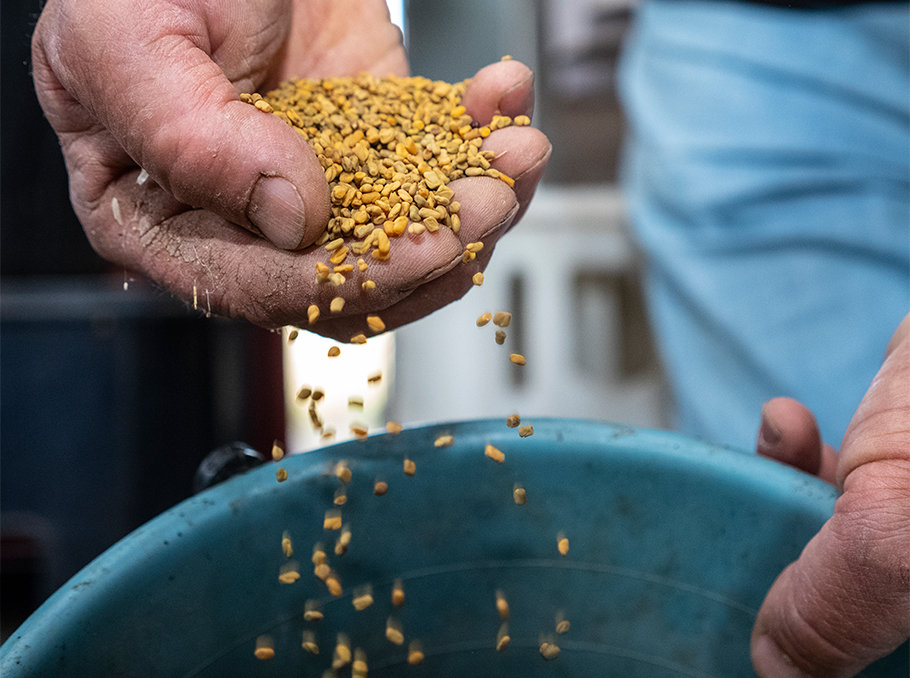
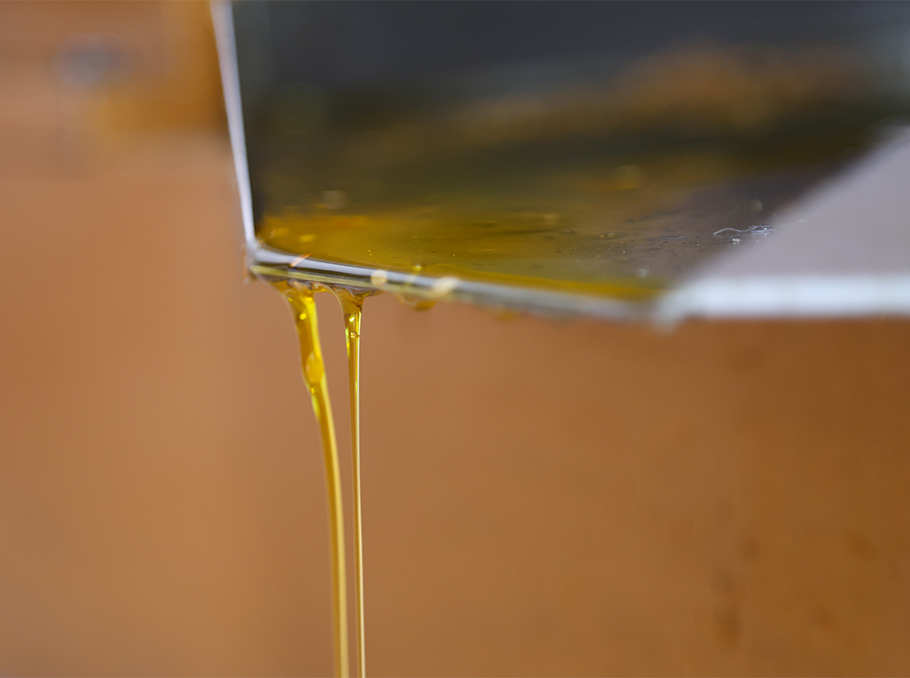
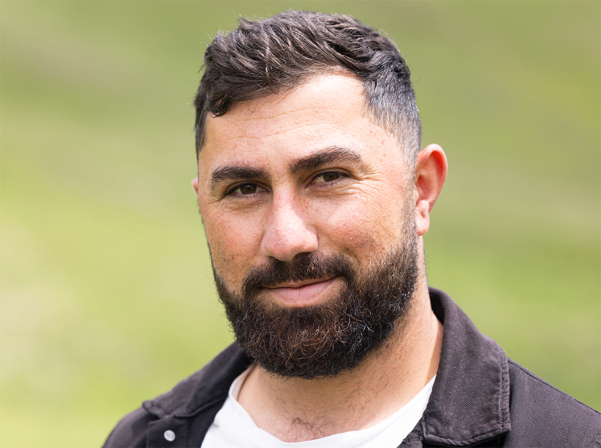






Comments
Dear visitors, You can place your opinion on the material using your Facebook account. Please, be polite and follow our simple rules: you are not allowed to make off - topic comments, place advertisements, use abusive and filthy language. The editorial staff reserves the right to moderate and delete comments in case of breach of the rules.